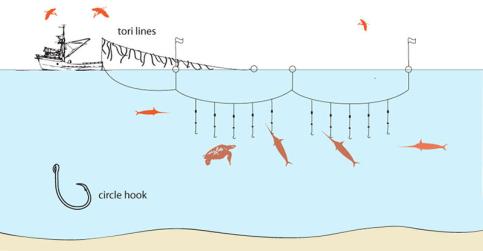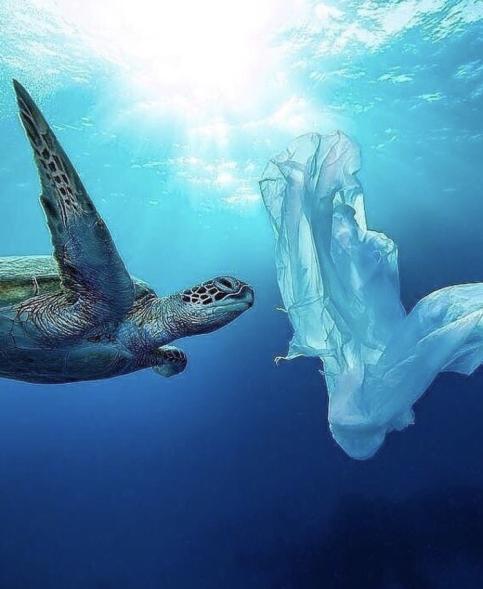
Despite a world wide distribution, C.caretta's population has decreased by 80 to 86% during the last 20 years. Just like several other marine species, sea turtles are facing several different threats in their environment: debris ingestion (mostly plastic, just like plastic bags which they can confuse with jellyfish), pollution, habitat reduction and/or destruction, or even pelagic longline fishing for which they're often getting catch by accident.
In order to enhance the success of any kind of protection project, it is always necessary to learn as much as possible about a species biology and behaviour.
If we already have informations about loggerhead sea turtles diet, less is known about their feeding behaviour: how do they approach/chase preys ? Does their behaviour changes depending on what prey they're approaching ? Does the location of the prey (swimming in the water column or immobile on the floor) impact their behavior ? Why would they prefer a prey species over an other one ? Etc.
However, because sea turtles are marine animals, it is not always easy to observe their behavior, even in captivity. Which is why data loggers, also casually named "tags" are a good option to study this kind of species. They can be easily attached on the animal body, represent a non-invasive method and are technically not painful for the animal. Once attached, various data can be collected such as accelerometry (which can be used to calculate energy expenditure), pressure, water temperature, pitch or heading movement of the individuals, among other things.

Responsible for this page:
Director of undergraduate studies Biology
Last updated:
05/22/19
